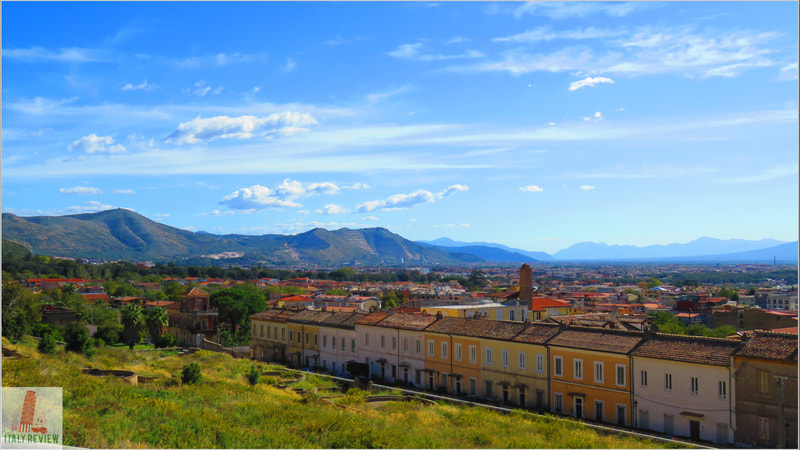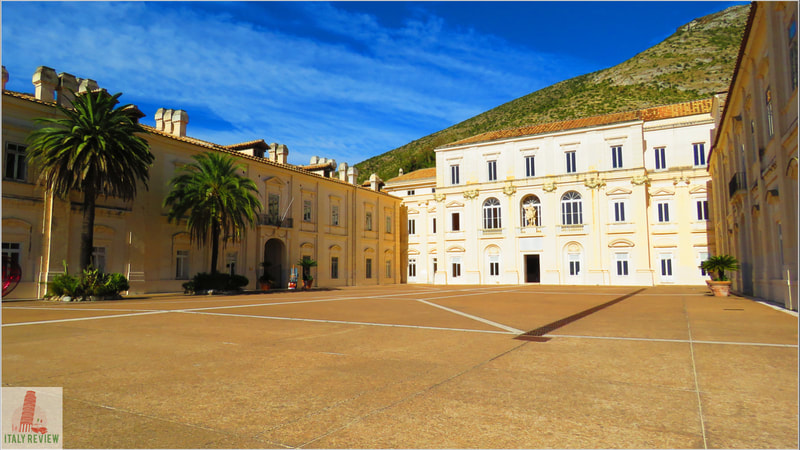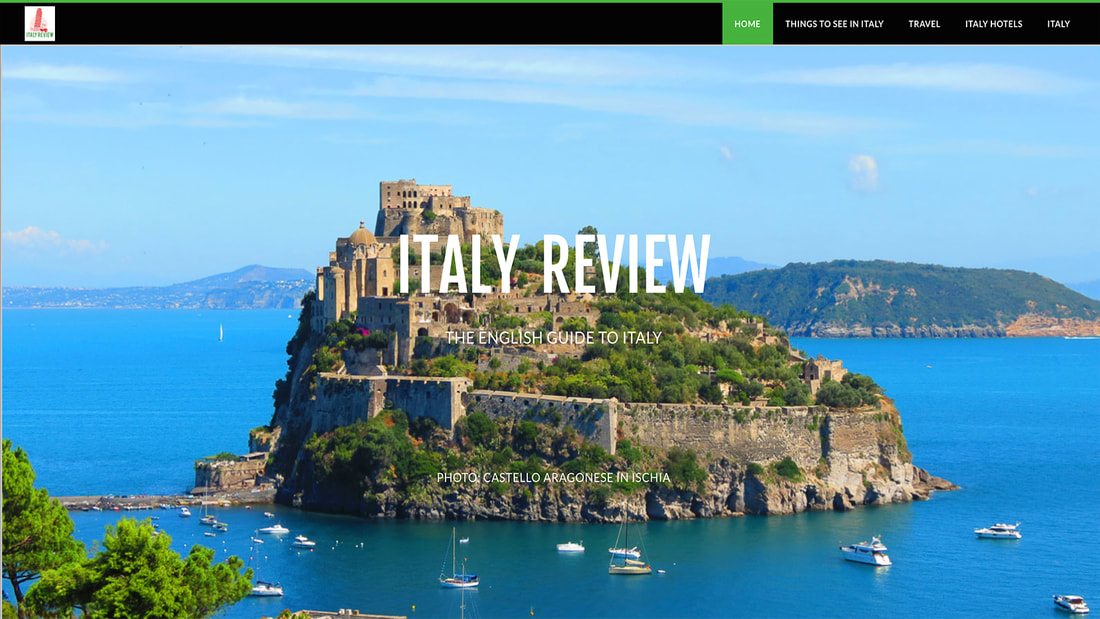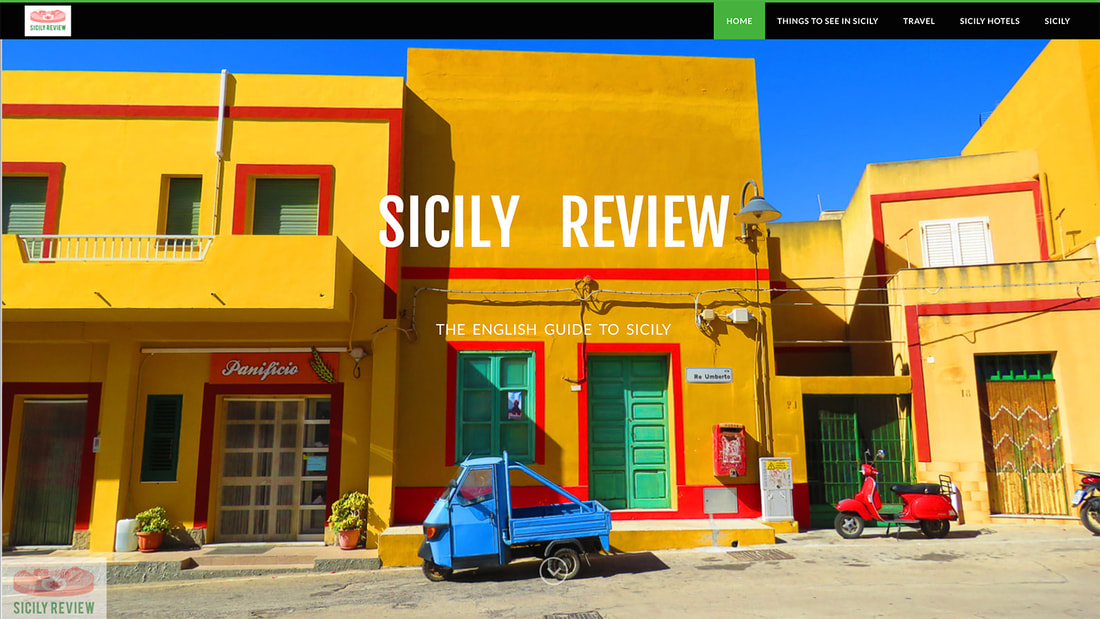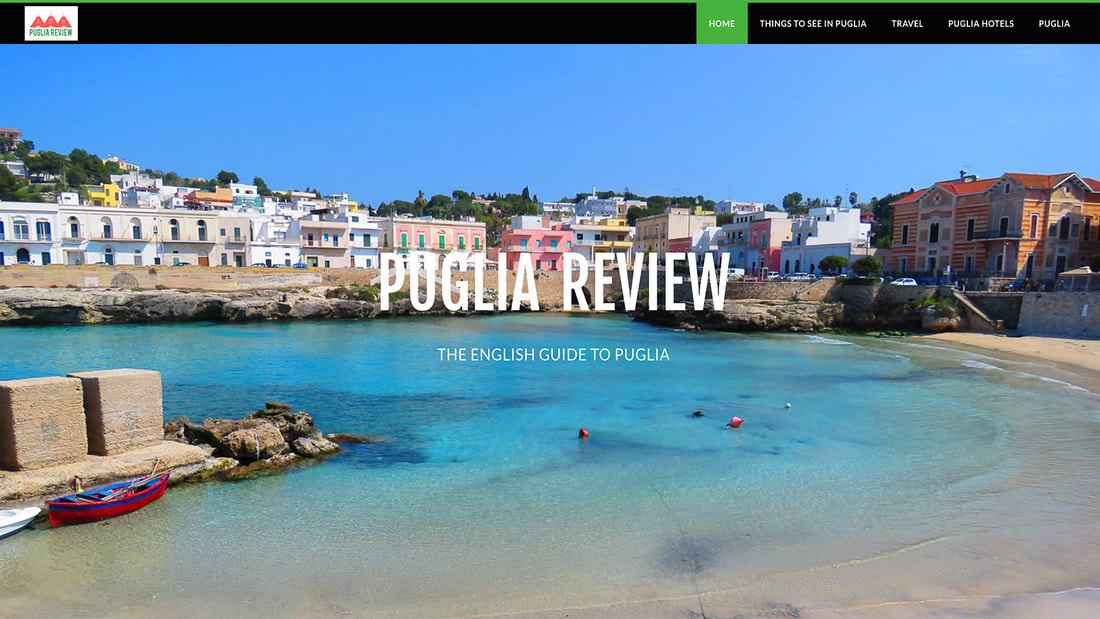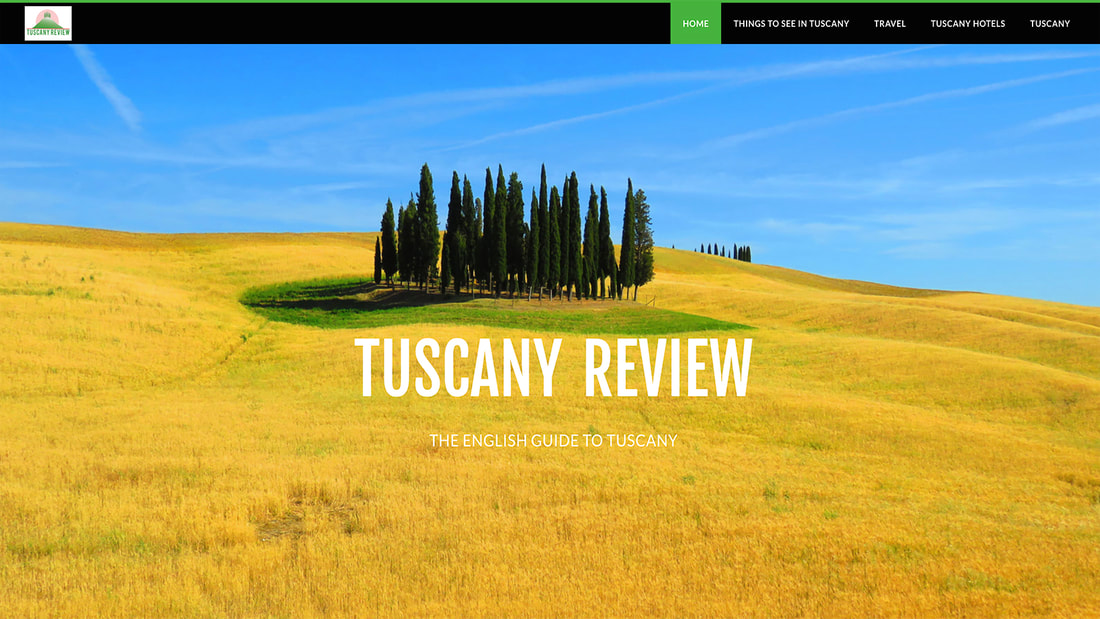San Leucio Complex
Latest update: 29 January 2024
|
Located just a short drive from the city of Caserta, the San Leucio Complex is a UNESCO World Heritage Site along with the Royal Palace at Caserta (locally known as "La Reggia di Caserta") and the Vanvitelli Acqueduct (aka "Acquedotto Carolino").
The San Leucio Complex was included in the UNESCO list due to its historical importance. |
|
Related links
|
Comune: Caserta
Province: Caserta Region: Campania Built: 1778 Close by: Basilica di Sant'Angelo in Formis, Vanvitelli Aqueduct Fly to: Naples International Airport - 27 minutes (29 km) Recommended accommodation: Plana Hotel (5.5 km) |
UNESCO World Heritage Site
18th Century Royal Palace at Caserta with the Park, the Aqueduct of Vanvitelli, and the San Leucio Complex
Year: 1997
18th Century Royal Palace at Caserta with the Park, the Aqueduct of Vanvitelli, and the San Leucio Complex
Year: 1997

